Improve efficiency
Located in the lower Mekong River with an area of 4.08 million hectares, the Mekong Delta accounts for 23% of the country's agricultural land area and has always played an important economic role in the country's sustainable development, creating products that ensure food security for the whole country and for export. According to the Department of Crop Production and Plant Protection (TT&BVTV) - Ministry of Agriculture and Environment , Vietnam's rice exports in the past 5 years have grown steadily in both output and value.
Specifically, in 2020, Vietnam's rice export output reached 6.25 million tons, earning 3.12 billion USD; by 2024, 9.03 million tons were exported, earning 5.6 billion USD - this is the highest value ever. The average export price of rice in 2024 reached 627.19 USD/ton, an increase of 52.18 USD compared to 2023. The amount of rice exported from January 2025 to August 15, 2025 reached 5.87 million tons, worth over 3 billion USD, compared to the same period in 2024, an increase of 2.9% in quantity and a decrease of 16% in value. The main exported rice varieties are Dai Thom 8 and OM18, accounting for the highest proportion at 35.17%, equivalent to 3.18 million tons; OM5451 with 25.06% equivalent to 2.24 million tons…
Can Tho City has planted 3 rice crops in 2025 on 717,453 hectares, reaching 103.17% of the plan. Up to now, 525,616 hectares have been harvested, with an estimated yield of 68.15 quintals/hectare. The estimated output is 3,581,967 tons, reaching 79.85% of the plan, contributing to ensuring the output supply for domestic consumption and export markets. Notably, Can Tho City is the first locality to export 500 tons of low-carbon rice to the Japanese market, affirming the production efficiency of the low-carbon rice model. To ensure food hygiene and safety and traceability of products, the city has issued 579 growing area codes, with a total area of 9,384 hectares, with 8,221 participating households. Of which, 79 new codes for growing areas were issued in the first 8 months of 2025, with a total area of 1,456 hectares, and 1,096 participating households. 25 codes for packaging facilities have been issued so far, with 16 participating facilities...
Mr. Tran Tan Duc, Vice President of the Vietnam Food Association, commented: In the context of more and more countries around the world paying attention to environmental protection and reducing greenhouse gas emissions, Vietnam's low-carbon rice export is becoming a very important factor. The Government and the Ministry of Agriculture and Environment have piloted a low-carbon rice production model in some provinces in the Mekong Delta. However, the production scale is still small, only at the pilot level, and a synchronous low-carbon supply chain has not yet been formed. To develop the ability to export low-carbon rice, there needs to be coordination between agencies of the Agriculture and Environment sector, localities, farmers, along with organizing promotional programs to build a brand for low-carbon rice in the world market...
Mr. Tran Tan Duc said that the Vietnam Food Association also recommended that the Department of Information and Plant Protection provide early information on the structure of sowing varieties and the harvest progress of crops, in order to help relevant ministries and branches have a basis to balance supply and demand, manage exports and promote trade appropriately. Through forecast information, businesses will have a basis to build appropriate and effective business plans for each crop season as well as the whole year...
Enterprises in Thanh Phu commune, Can Tho city focus on producing and processing rice for export.
Production safety
In 2026, the Mekong Delta and the Southeast region plan to produce rice with a total area of 4,119,200 hectares, equivalent to that of 2025. Of which, the Mekong Delta has an area of 4,012,600 hectares and the Southeast 106,600 hectares, with an estimated harvest output of 20,700 tons compared to 2025 (mainly in the Mekong Delta region).
The Department of Plant Protection and Development requires localities in the region to focus on protecting and taking good care of the autumn-winter rice crop and the 2025 summer-autumn crop, and recommends that farmers clean the fields after harvesting and plow to ensure a minimum isolation period of 15 days for the 2025-2026 winter-spring crop. Implement well the measures of sowing and planting in unison, avoiding planthoppers, minimizing the brown planthopper carrying the yellow dwarf - twisted dwarf disease that transmits disease to young rice plants and the adverse effects of weather (drought, salinity), sowing and re-sowing many times. Monitor and grasp the development of onion mosquitoes that damage rice at the tillering stage; apply comprehensive measures to eradicate rats and golden apple snails right from the beginning of the rice crop and blast and silver leaf disease in the middle of the crop. Increase the application of IPM, IPHM, ecological technology... to create conditions for plants to grow, develop and enhance resistance to pests and diseases.
In order to improve the effectiveness of the work of granting and managing codes for growing areas and packaging facilities for agricultural products for export in the coming time, in order to create products that fully meet the requirements of plant quarantine and food safety of importing countries, the Department of Plant Protection and Disease Control requires localities to step up inspection, examination and supervision of growing areas and export packaging facilities to strictly control the quality of all stages from production to preliminary processing, packaging, preservation and transportation. Strictly handle violations by suspending or revoking codes for growing areas and export packaging facilities depending on the level and frequency of violations, helping to raise the awareness of compliance of producers and exporting enterprises to create fairness in export activities.
The Department of Information and Plant Protection recommends strengthening training and regular guidance for producers on food safety and plant quarantine regulations. Pay attention to product quality requirements, and at the same time, there should be recognition and promotion of typical models of good compliance with food safety and plant quarantine regulations, ensuring quality requirements and motivating producers to follow, contributing to improving the image of the Vietnamese agricultural sector in the international market. Regularly review and update regulations on food safety and plant quarantine to ensure compliance with international standards to meet the requirements of import markets, improve the quality of domestic products...
Deputy Minister of Agriculture and Environment Hoang Trung emphasized: "In addition to the above activities, the agricultural sector in the Mekong Delta needs to continue to apply policies and encourage businesses to cooperate with cooperatives and farming households to build stable and sustainable raw material areas through building large-scale field models. Continue to build raw material areas associated with diversified product processing for export, promoting domestic consumption products. Localities have support policies to apply technical advances in varieties, machinery and equipment to serve key stages such as land preparation, harvesting... for participants in the chain. Strengthen the application of advanced science and technology, develop low-carbon rice production models... to meet the demand for rice exports in the coming time".
Article and photos: HA VAN
Source: https://baocantho.com.vn/giai-phap-an-toan-san-xuat-nang-cao-gia-tri-gao-xuat-khau-a191052.html


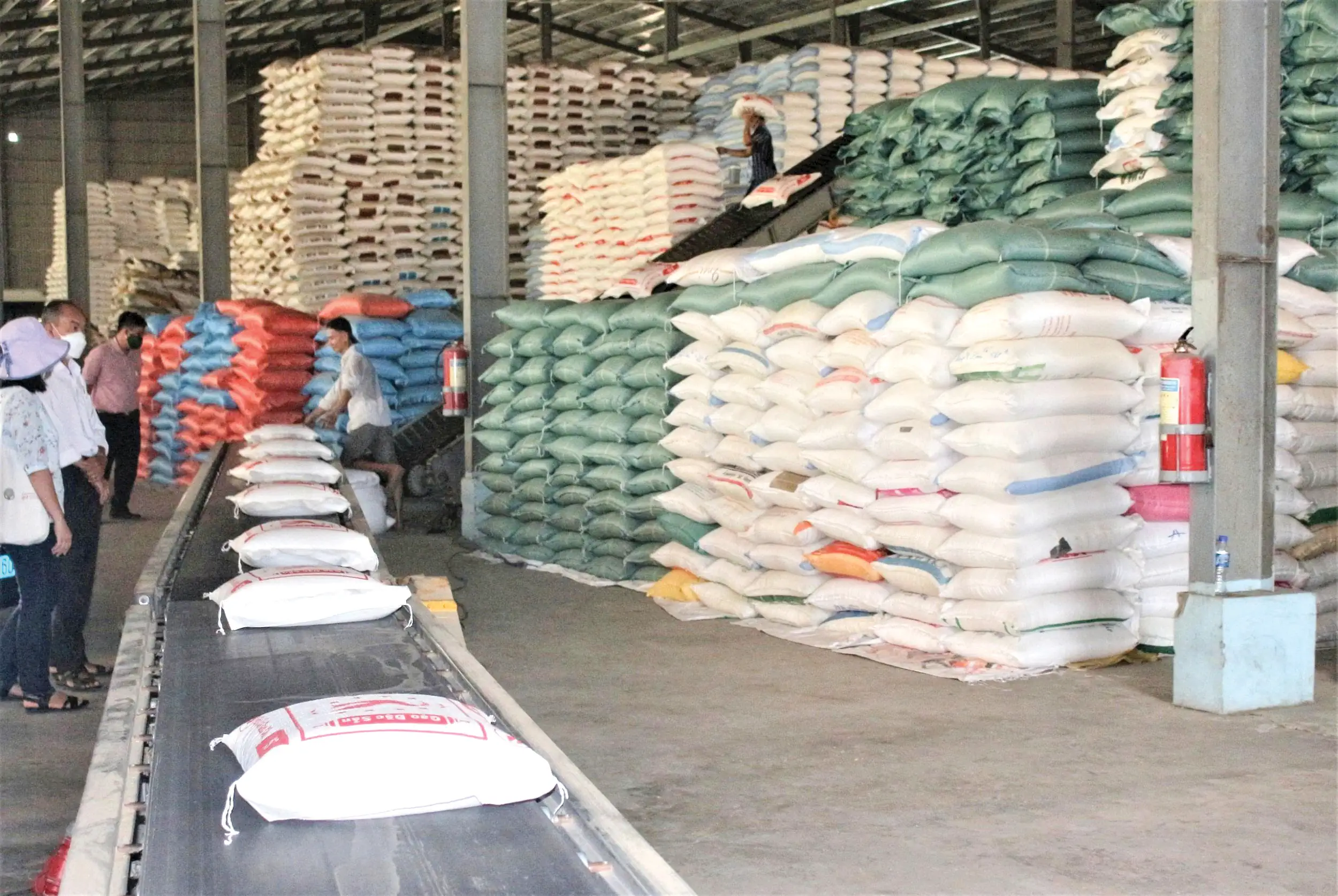








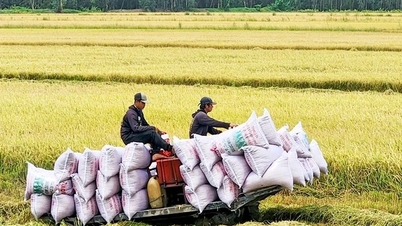

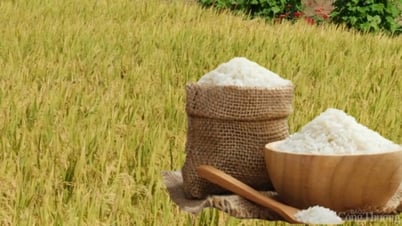

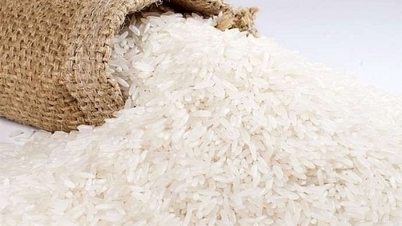
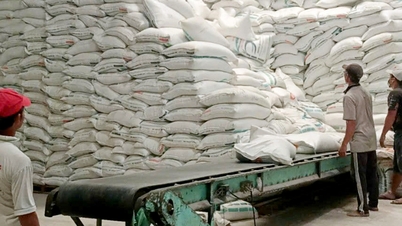



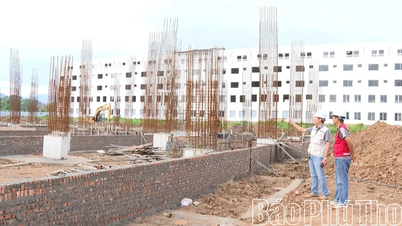



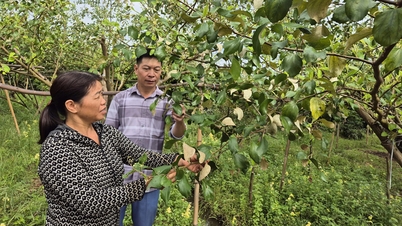

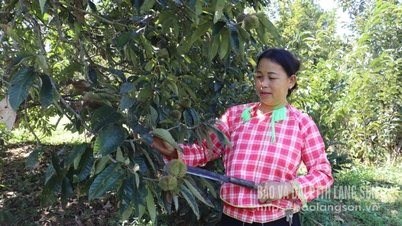

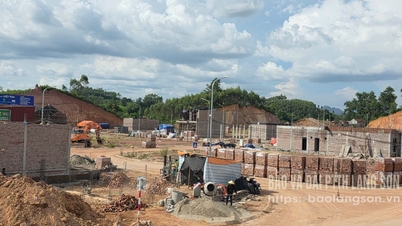
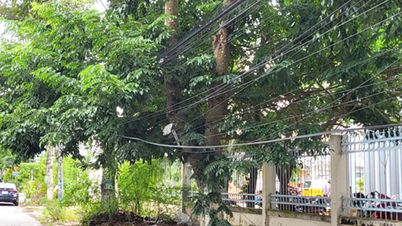




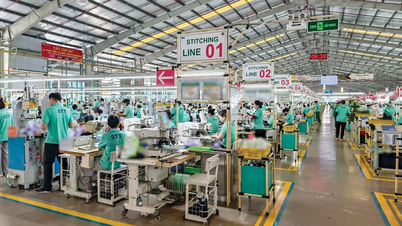
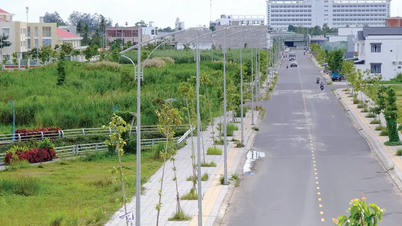
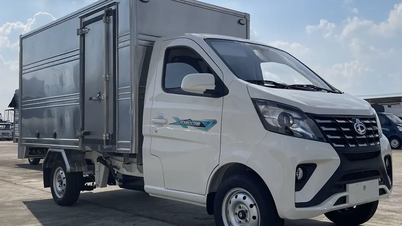

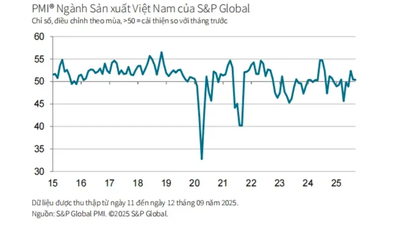
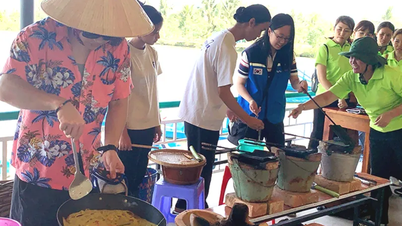




































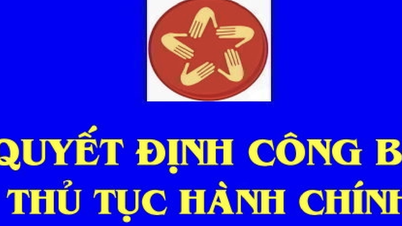
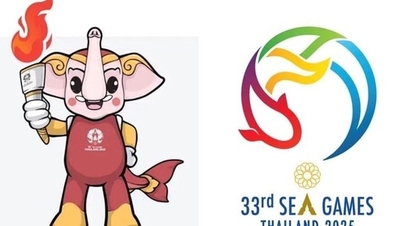


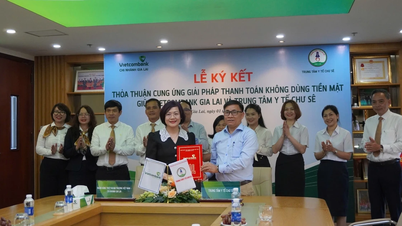

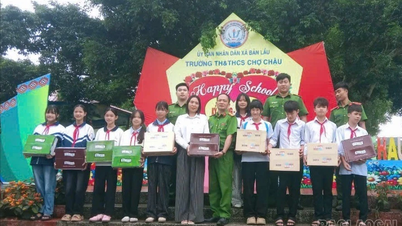
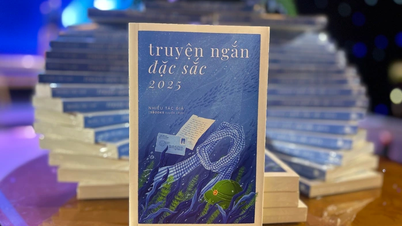


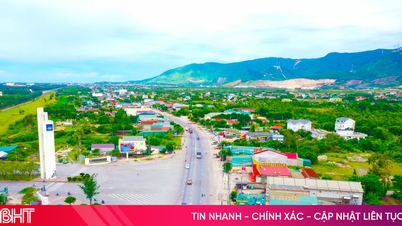

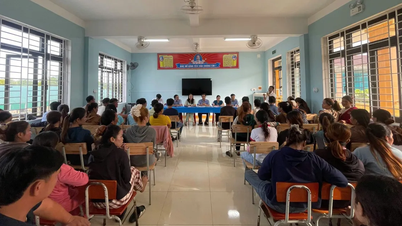














Comment (0)